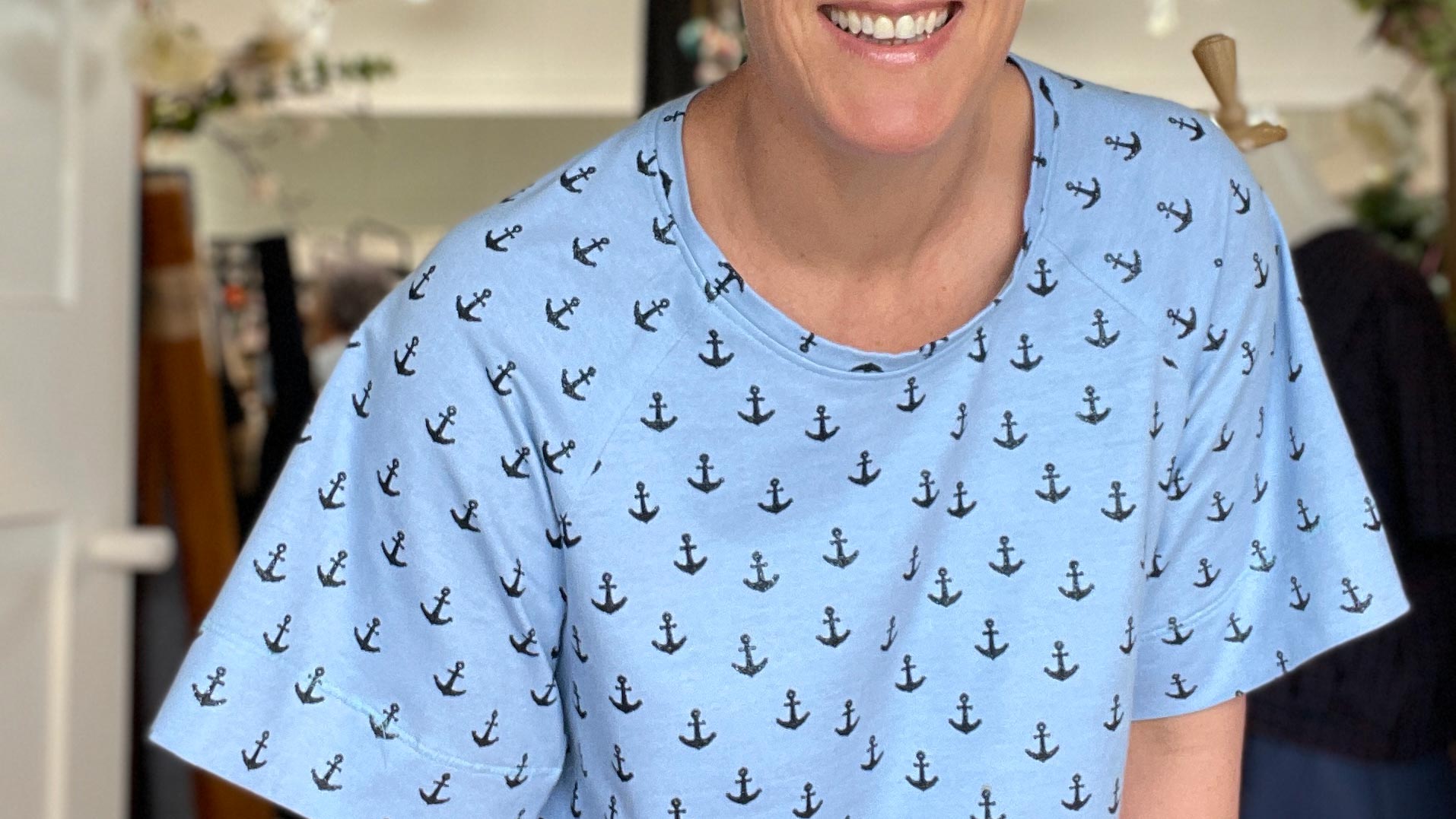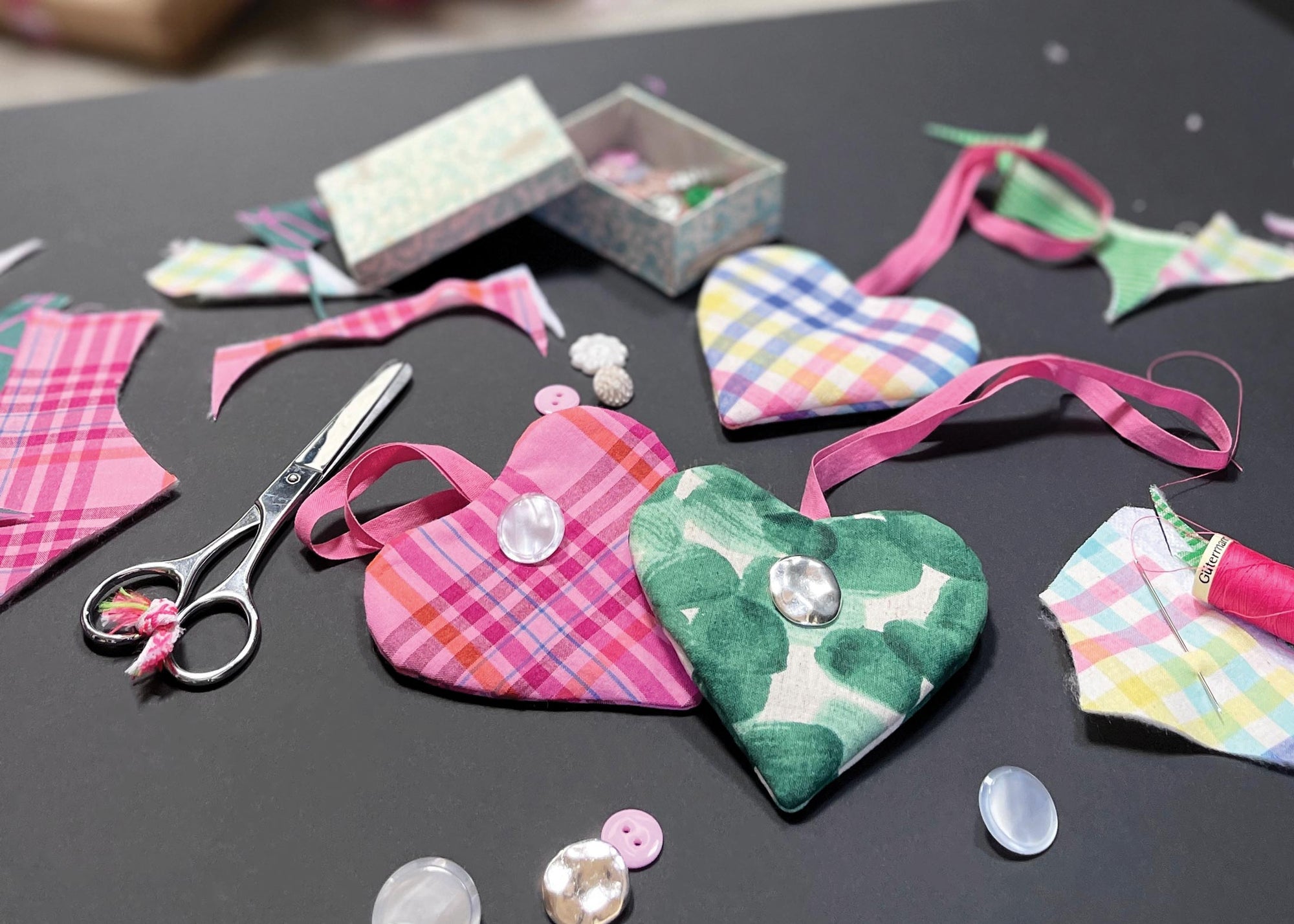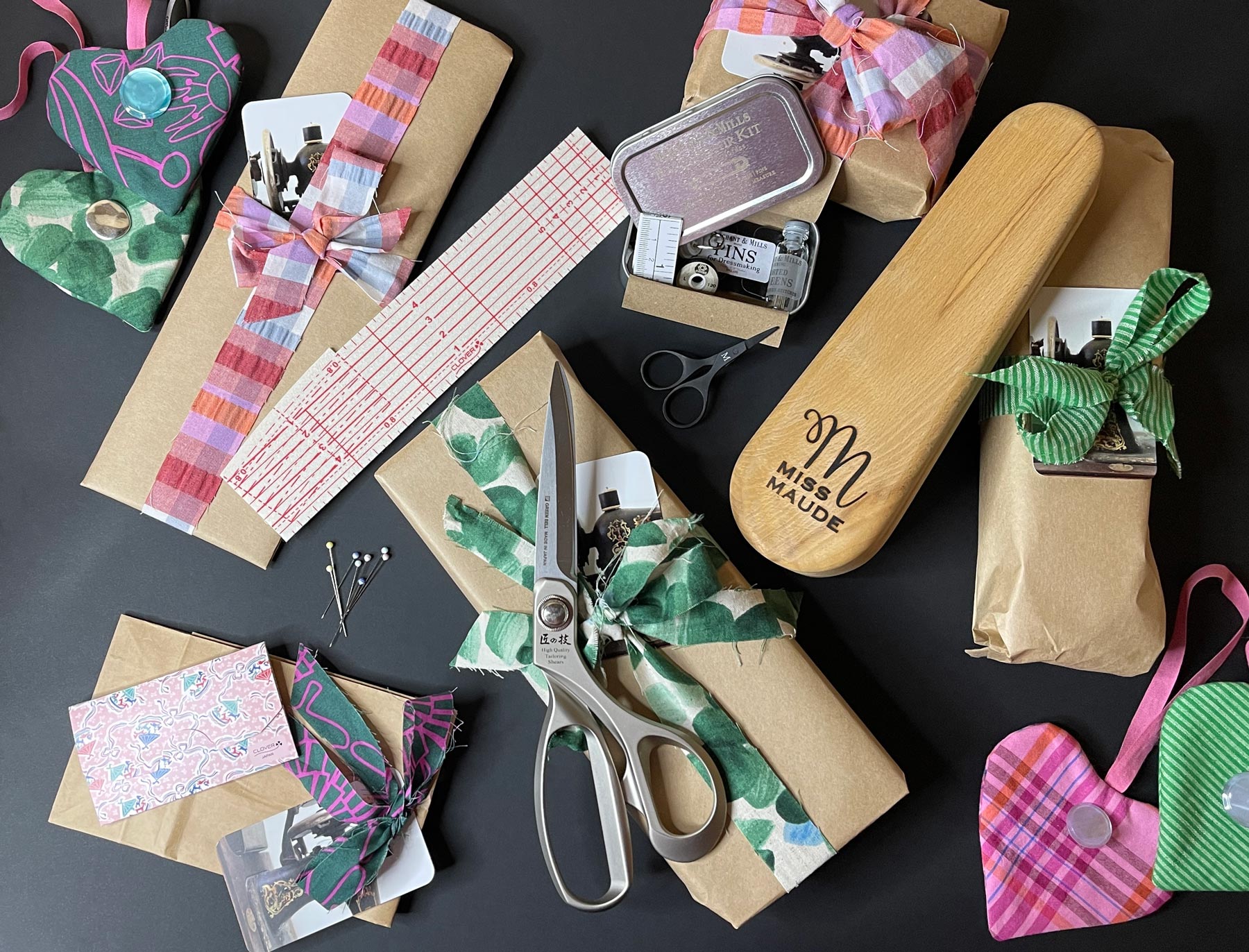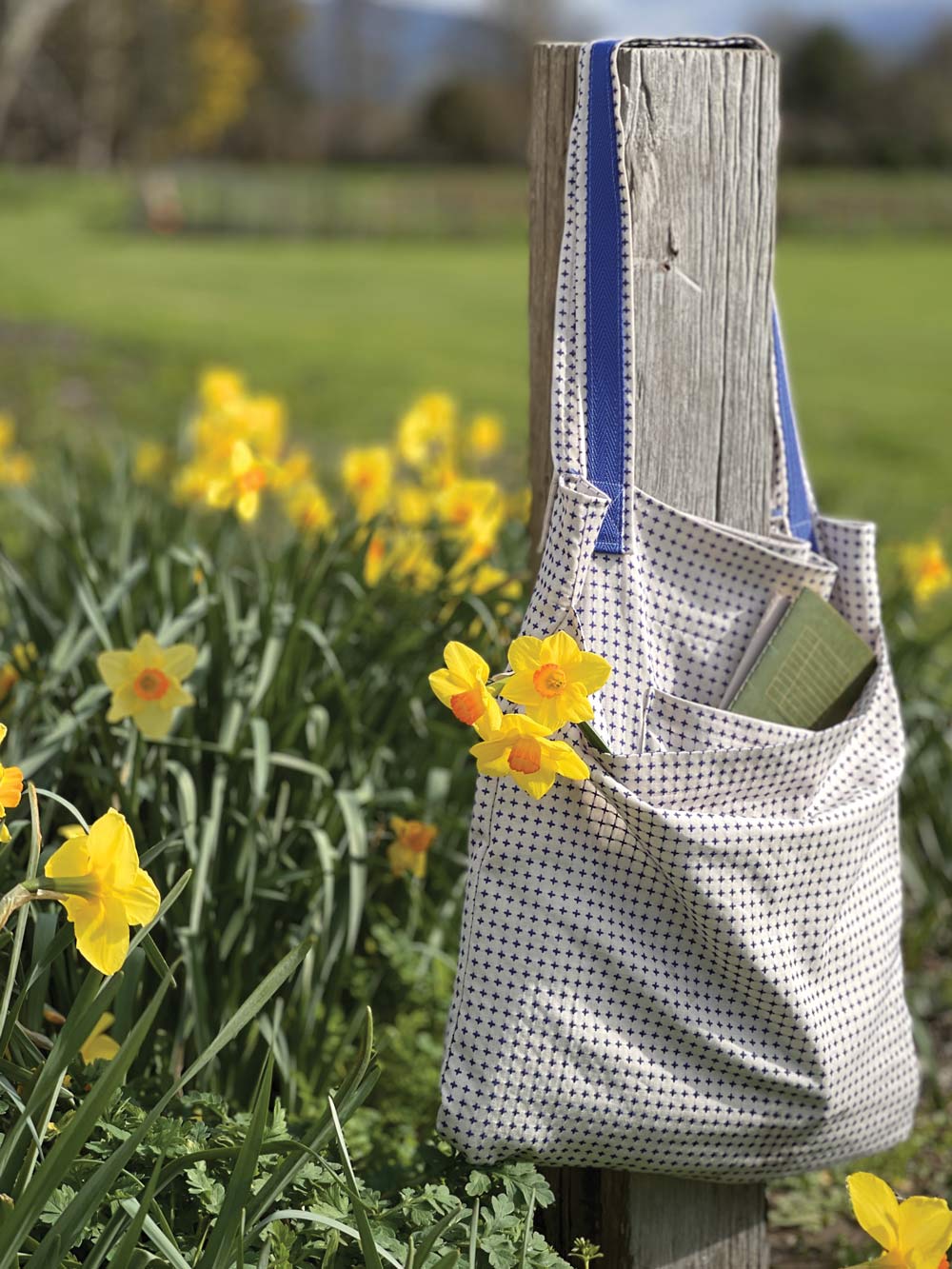
We recently had a delivery of some really lovely shirting fabrics in to the store and it got us all excited about shirts again. A shirt is such a classic item and earlier in the year we looked at some of the different shirt sewing patterns that we have in stock.
Because shirts are such a classic and versatile item we thought you would find it helpful if we took a closer look at shirts and how they are made.

We have put together a few sewing tips and techniques to give you some ideas on how you can elevate the finish of your shirt and suggestions on how you can personalise it. Scroll to the bottom of this page for quick links to all our tips.
While these are things that work for us, we understand that they might not work for you, or you already have a preferred way of doing things. We always recommend you test them out on scrap fabric and see how you find them. We would love to hear from you if you have any tips or suggestions.
We have reviewed The Assembly Line Oversized Shirt which (spoiler alert!) was a very satisfying make, the instructions for this shirt are great and give results which you won’t be disappointed in.
General Tips
Preparation
As with any sewing project, preparation is key to getting a fabulous finish. There is always the impulse to rush through this stage so you can get through to the sewing stage (something we can be guilty of). But it is always worth the effort when you have ensured you have marked every notch, lined up the grainline and accurately cut every piece.
Mark Seam Allowances
To really help with the accuracy of your sewing it is also worth using a fabric pencil or a basting stitch to mark the seam allowance (where you sew the seams together) on to the fabric before sewing it together. This is particularly helpful on the collar where it is important that the finished piece is symmetrical.
 Basting the seam allowances in a bright colour means you can be accurate when sewing the pieces together, and the bright colour makes it easier to unpick.
Basting the seam allowances in a bright colour means you can be accurate when sewing the pieces together, and the bright colour makes it easier to unpick.
 Test Techniques You Are Unsure About.
Test Techniques You Are Unsure About.
If you come across any techniques in the pattern instructions that you are unsure about, test them out on some scrap fabric before committing to the final fabric. Just ensure that you do it in a similar weight fabric to your final fabric so you know that it will be a similar result.
Iron at every step.
One of the best pieces of advice (and this applies to any sewing project) is to ALWAYS iron after every stage, this is invaluable and essential to getting a great finish.
Our Tailors Clapper is a useful tool if you are making a shirt out of heavier fabrics such as denim which will have bulky seams or delicate fabrics such as viscose which could get scorched with too much heat.
Use A Pressing Cloth.
We also recommend using a pressing cloth and when using light coloured fabric ensure your hands are clean and you handle the fabric as little as possible to reduce discolouration (We saw the results of this when practising making a collar using white fabric the tips of the collar got very discoloured!).
Research The Techniques You Will Use.
Below are the different stages to making a shirt, if there is a particular part of the shirt making process that you are interested in then you can go straight to it!
Happy Sewing and please share with us know if you have any tried and tested shirt making tips!
SAVE IT FOR LATER....








